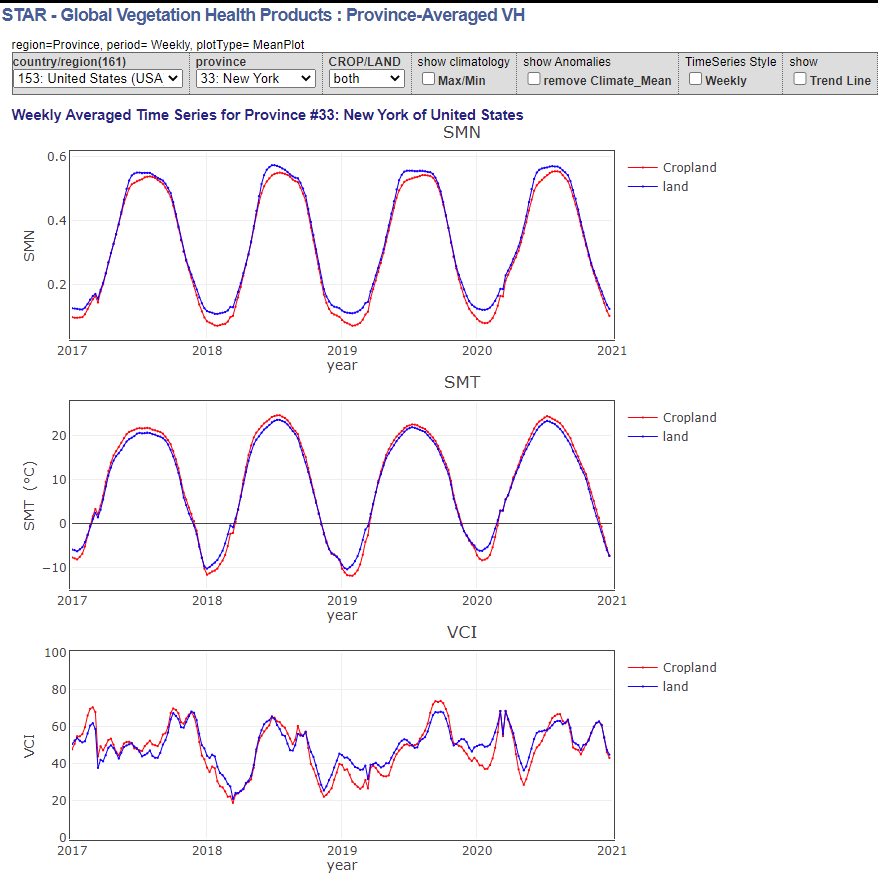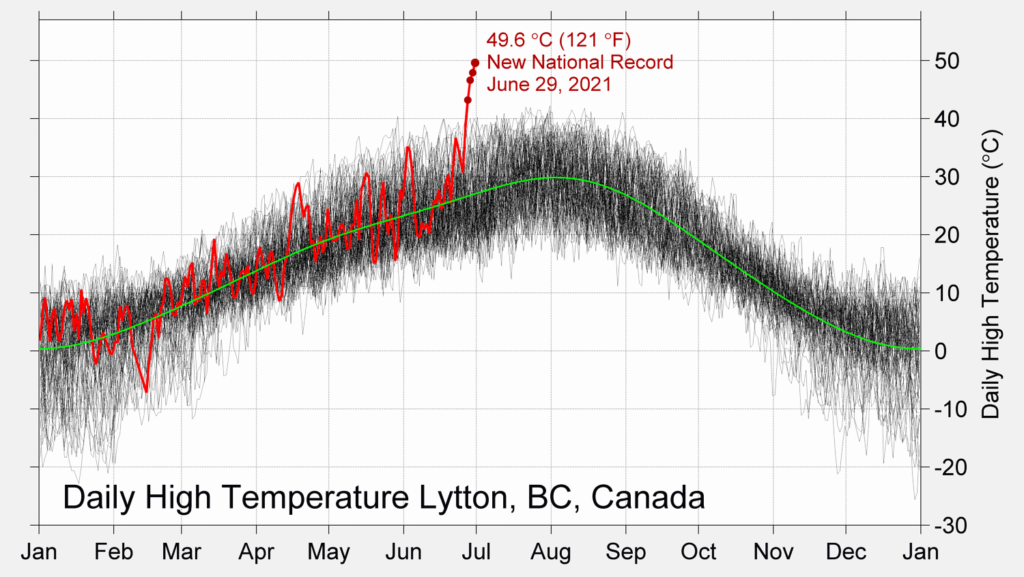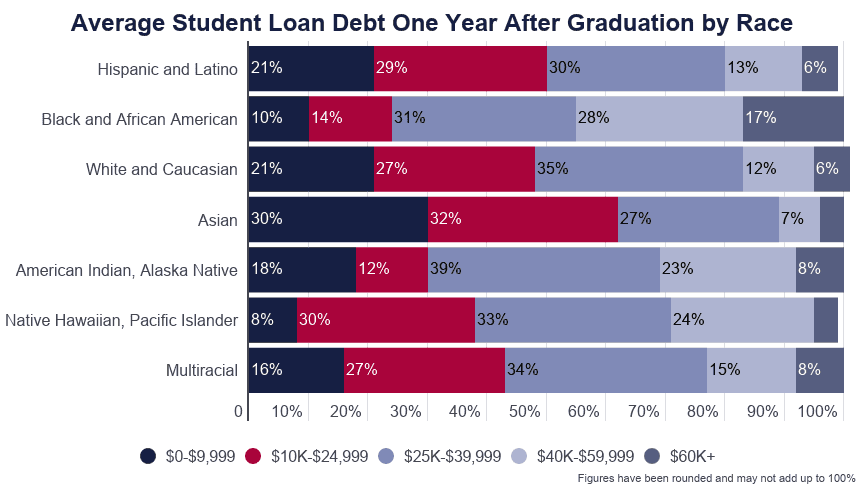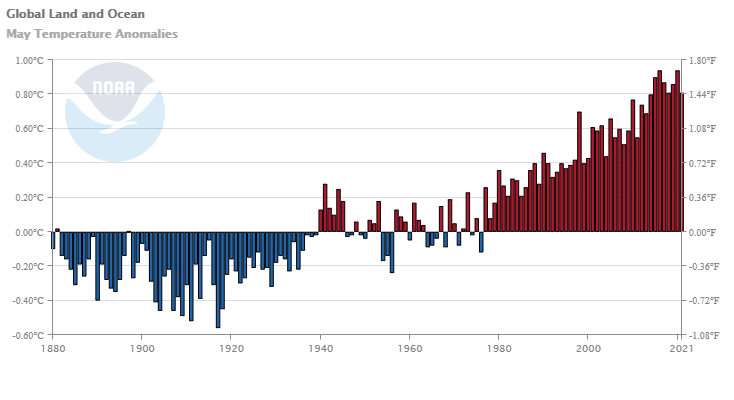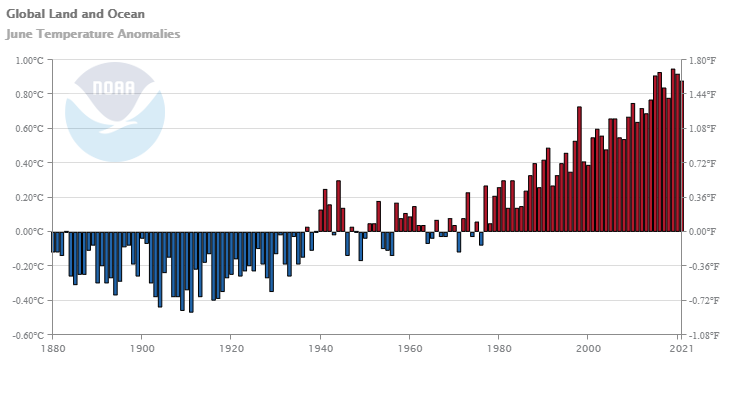 From NOAA’s Global Climate Report – June 2021:
From NOAA’s Global Climate Report – June 2021:
The June 2021 global surface temperature was the fifth highest for June in the 142-year record at 0.88°C (1.58°F) above the 20th century average. Only Junes of 2015 (fourth warmest), 2016 (second warmest), 2019 (warmest), and 2020 (third warmest) were warmer and had a global temperature departure above +0.90°C (+1.62°F). Nine of the 10 warmest Junes have occurred since 2010.
But June seemed hot you say? Yup:
The global land-only surface temperature for June 2021 was the highest on record at 1.42°C (2.56°F) above average. This value surpassed the previous record set in 2019 by +0.11°C (+0.20°F). The ten warmest June global land-only surface temperatures have occurred since 2010. The unusually warm June global land-only surface temperature was mainly driven by the very warm Northern Hemisphere land, which also had its highest June temperature departure at +1.69°C (+3.04°F). The now second highest June temperature for the Northern Hemisphere occurred in 2012 (+1.51°C / +2.72°F).
Time series data is available at the link near the top of the page.
